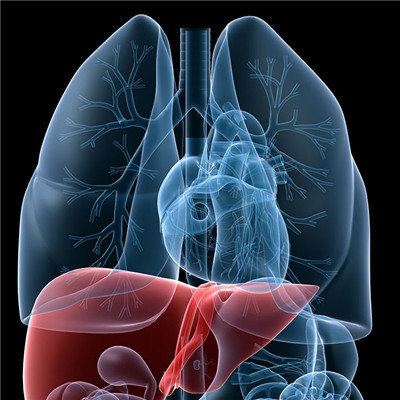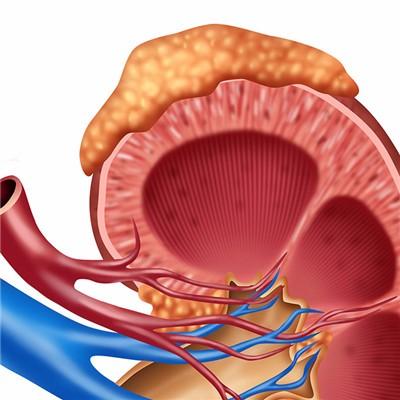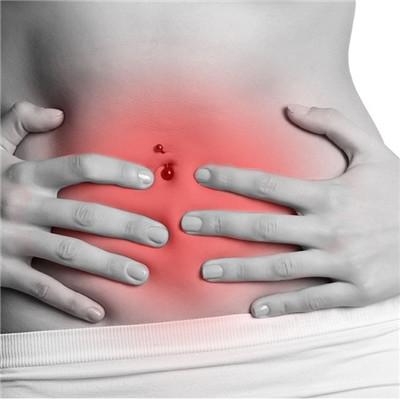Symptoms of cecal tuberculosis?
summary
Intestinal tuberculosis is a chronic specific infection caused by Mycobacterium tuberculosis (TMB). It is mainly caused by Mycobacterium tuberculosis. In a few areas, intestinal tuberculosis caused by Mycobacterium bovis occurred because of drinking non sterilized milk or dairy products. The disease is commonly seen in young and middle-aged people, women slightly more than men. The symptoms of cecal tuberculosis will be discussed now.
Symptoms of cecal tuberculosis?
Abdominal pain is one of the common symptoms of the disease. The pain is mostly in the right lower abdomen, reflecting the pathological characteristics of intestinal tuberculosis in ileocecal region; However, dysmenorrhea can also be caused by ileocecal lesions in the middle and upper abdomen or periumbilical system. Careful examination can find that the nature of pain in the right lower abdomen tenderness point is generally dull or dull pain. Sometimes it can be induced during meals. Because ileocecal lesions make the gastro ileal reflex or gastrocolic reflex hyperactivity, eating can make the lesion bowel spasm or peristalsis strengthen, resulting in pain and defecation, which can be alleviated in varying degrees Abdominal colic is often located in the right lower abdomen, accompanied by abdominal distension, hyperacoustic bowel type and peristaltic wave
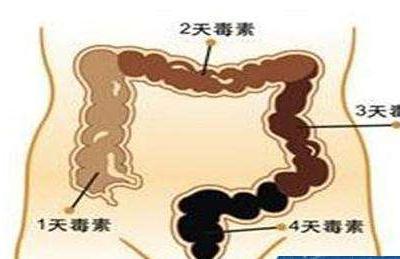
Abnormal bowel habits due to the inflammation and ulcer of the diseased intestinal flexure, the intestinal peristalsis is accelerated, the intestinal emptying is too fast, and the resulting secondary malabsorption. Therefore, diarrhea is one of the main clinical manifestations of ulcerative intestinal tuberculosis. Diarrhea often has the characteristics of small intestine. Feces are paste like or watery, without mucus or pus blood, and without diarrhea. Generally, they defecate about 2-4 times a day When the ulcer involves the sigmoid colon or transverse colon, the stool may contain mucus and pus, but bloody stool is rare. In addition, constipation occurs in the form of sheep feces. Diarrhea alternates with constipation. Constipation is the main manifestation of proliferative intestinal tuberculosis.
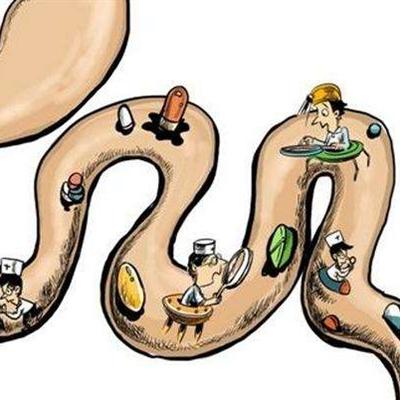
Abdominal mass is mainly seen in proliferative intestinal tuberculosis. It is a kind of tuberculous granuloma with extreme hyperplasia, which makes the intestinal wall appear tumor like mass. In a few patients with ulcerative intestinal tuberculosis combined with localized tuberculous peritonitis, abdominal mass can also be found because of the adhesion of the lesion intestinal curvature and surrounding tissues or including mesenteric lymph node tuberculosis. Abdominal mass is often located in the right lower abdomen, which is generally fixed, medium texture, with varying weight My tenderness.
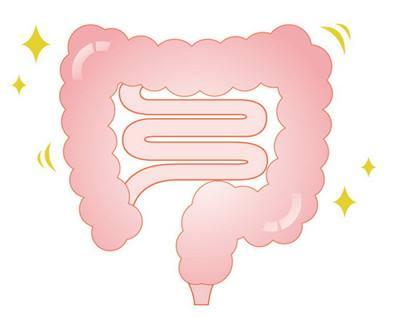
matters needing attention
Pay attention to a reasonable diet, which can enhance the patient's body resistance, is conducive to recovery. Patients with active intestinal tuberculosis should rest in bed to reduce abdominal pain and body consumption.

